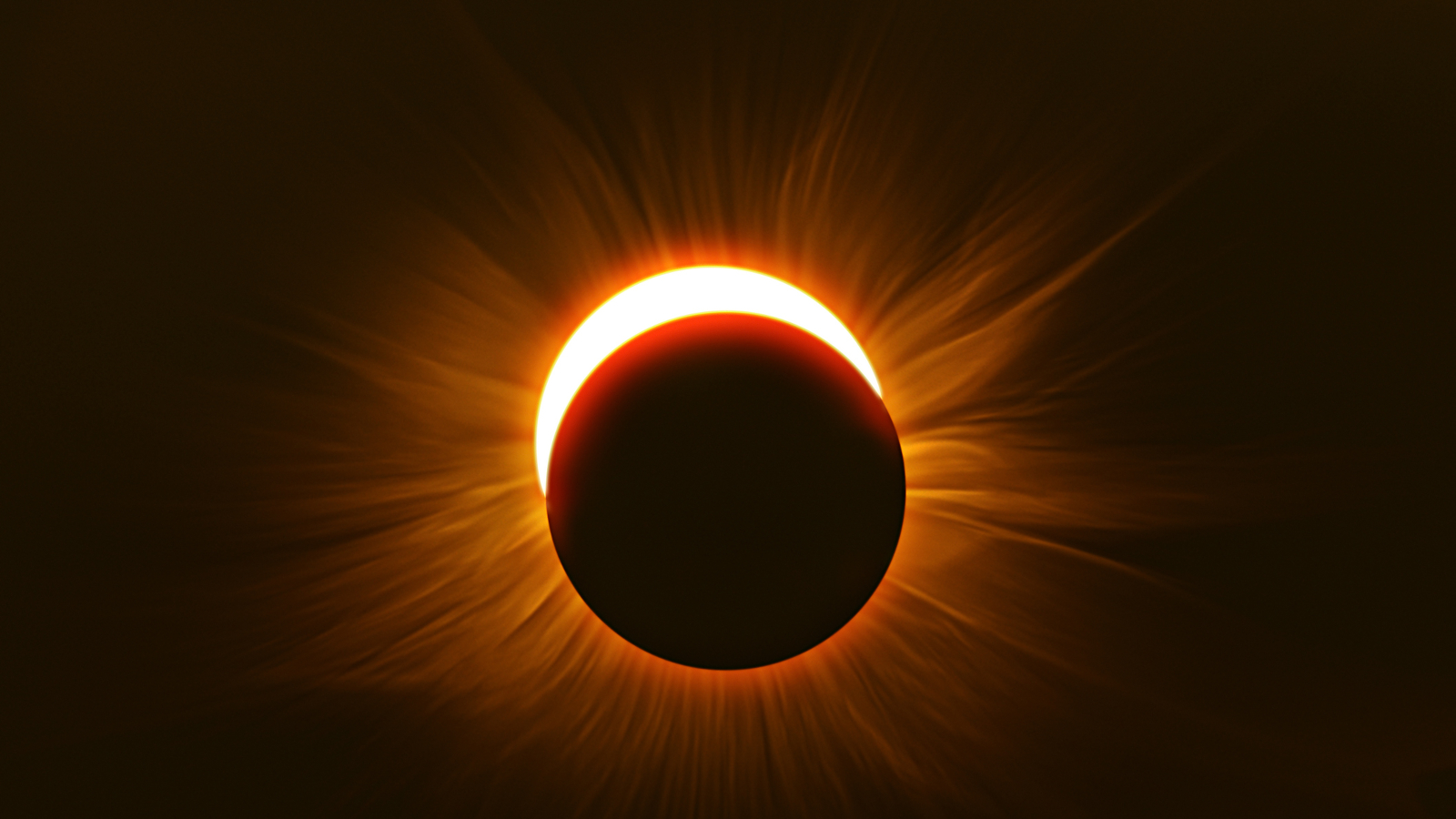The Science Behind Solar Eclipses
Solar eclipses are one of the most spectacular natural phenomena that occur on our planet. They happen when the Moon passes between the Earth and the Sun, causing a shadow to fall on the Earth's surface. In this blog post, we will explore the science behind solar eclipses and how they are made.
The Moon's Orbit and Phases
The Moon orbits the Earth in an elliptical path that takes approximately 29.5 days to complete. As it moves around the Earth, it also goes through a series of phases, including the full moon, new moon, first quarter, and last quarter. These phases are caused by the relative positions of the Moon, Earth, and Sun, as well as the amount of sunlight that reflects off the Moon's surface.
Solar Eclipses
Solar eclipses occur when the Moon passes directly between the Earth and the Sun, casting a shadow on the Earth's surface. There are three types of solar eclipses: total, partial, and annular. Total solar eclipses occur when the Moon completely covers the Sun, leaving only the Sun's outer atmosphere, or corona, visible. Partial solar eclipses occur when the Moon only partially covers the Sun, while annular eclipses occur when the Moon is farther from the Earth and appears smaller than the Sun, creating a "ring of fire" effect.
Why Don't Solar Eclipses Occur Every Month?
Solar eclipses do not occur every month because the Moon's orbit is tilted by about 5 degrees relative to the Earth's orbit around the Sun. This means that most of the time, the Moon passes above or below the Sun, rather than directly in front of it. However, when the Moon's orbit intersects with the Earth's orbit around the Sun, a solar eclipse can occur.
Conclusion
Solar eclipses are a beautiful and awe-inspiring natural phenomenon that occur when the Moon passes between the Earth and the Sun. By understanding the science behind solar eclipses, we can appreciate the complexity and beauty of our solar system, and the delicate interplay between its celestial bodies.
